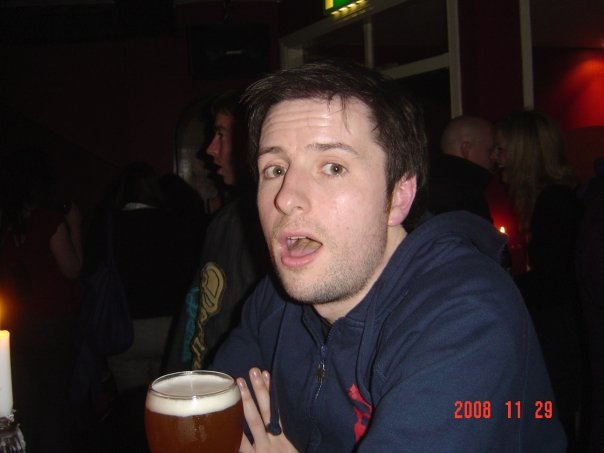I’ll be honest - the biggest factor our decision of where to go next was: beer. Qingdao, located south-east of Beijing on the Yellow Sea coast, was occupied by Germany from 1898 until an Anglo-Japanese force wrestled it from them in 1914.

In those 16 years, the Germans certainly made their mark, with the old part of the city looking far more German than Chinese in parts. Their other main legacy besides the architecture was beer - the Tsingtao brewery they set up in 1903 was still going strong. Though now under Chinese control, Tsingtao is by far the most popular beer in China today.

Many Chinese holiday here to make use of the beaches. The weather was far too cold for that during our visit - in fact thanks to the ocean breeze it was even colder here than in Beijing - and rainier too - exasperating the cold I had picked up in the capital.

The day we arrived we saw most of the relatively few (compared to Beijing) sights the city had to offer - including a mildly interesting (very interesting for John - going by the number of photographs he took) naval museum. Just wandering about the old town witnessing the unique mix of old German architecture in modern China was fun in itself.

The following day I hardly left the hostel, due to a combination of a hangover, a cold, and the cold outside. Taking it relatively easy that night, we had big plans for the brewery the following day. But that day it rained, and rained, then rained some more. Stuck indoors, unable to do anything, it felt like home. So we drank, and drank, then drank some more. This time we didn’t even make it out the hostel door.
Having bought our train ticket a couple of days previously (you have to in China or else they sell out), we had an early evening train to catch, and a brewery still to visit, and a major hangover to nurse, all on one final day in Qingdao.

Having heard of a mythical ‘beer street’ (where, legend has it, you can buy beer by the bag), and failing to find it on our first night here, we were disgusted to finally locate it with only a couple of hours until our train. "Beer Street" was it's actual official name (pijiuchang) - and as well as the brewery it was home to a plethora of decent watering holes - something we had great difficulty locating previously (we were looking in the wrong place). The whole street was beer themed, right down to the cheery images populating the footpath.

With our train departure imminent, we had to rush through the brewery museum/exhibition, which was a shame as what we saw was excellent. In the end however, the miserable weather conditions meant I was glad to leave Qingdao, though not as glad as my liver was.



















